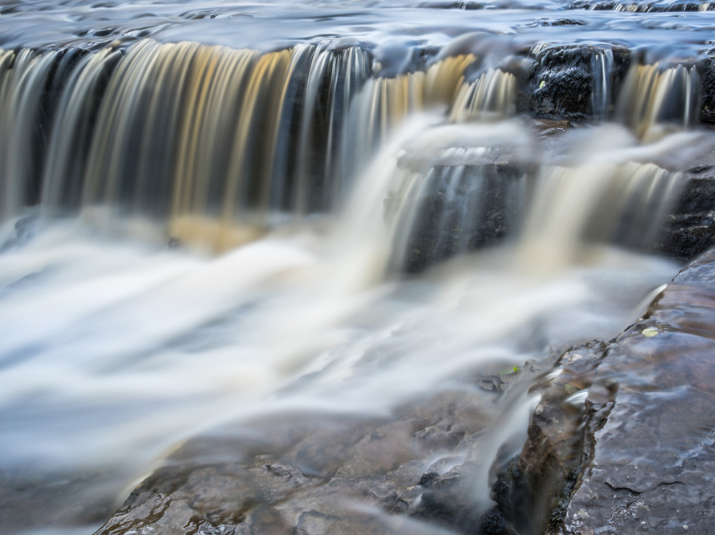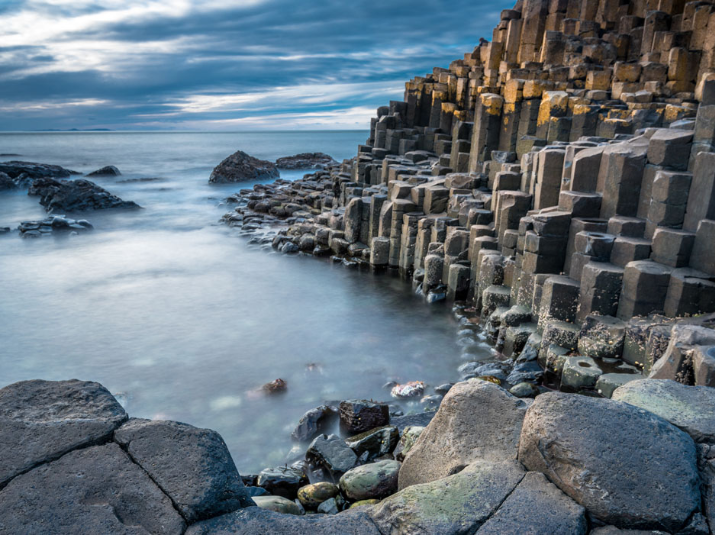Achieving the classic “smooth as milk” look with flowing water usually involves setting a slow enough shutter speed that the movement of the water in the frame appears to softly blur during the exposure. The key to this technique is stopping the shot from overexposing, which means lowering the ISO, closing down the lens to its smallest aperture (largest f-number), adding a neutral density filter to reduce the amount of light hitting the sensor, or a combination of all three.
If that sounds a bit off-putting, there is another way that works without a neutral density filter even in full sun – using the multiple exposure setting in your camera’s shooting menu.



